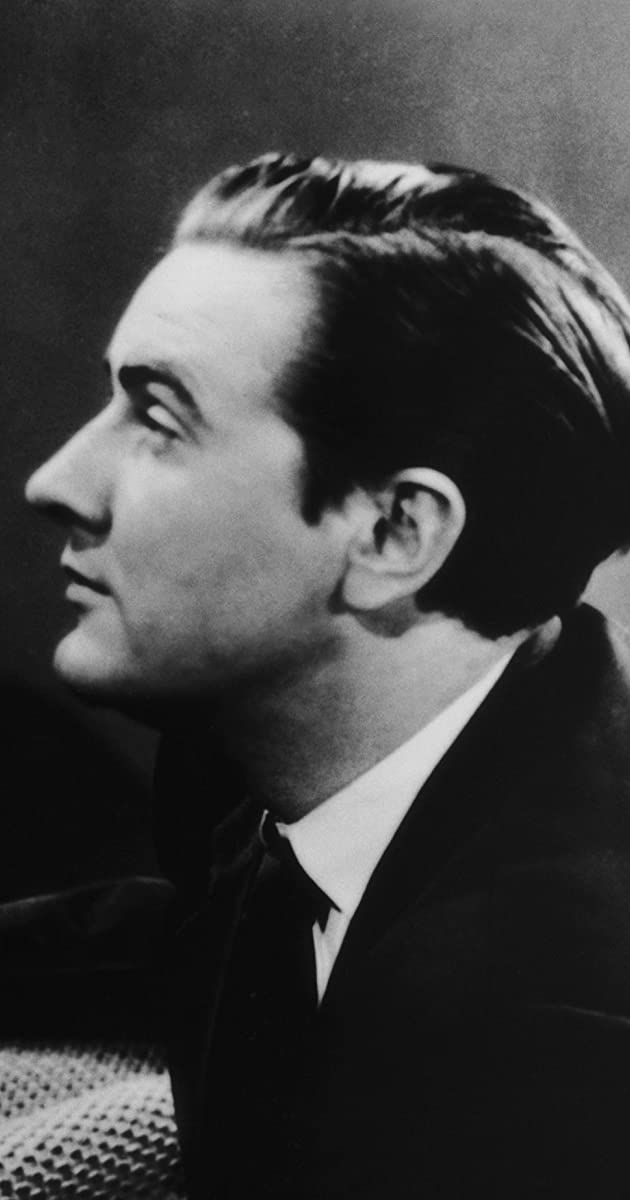
Hacks are nothing new in Hollywood. Since the beginning of the film industry at the turn of the 20th century, thousands of untalented people have come to Los Angeles from all over America and abroad to try to make it big (as writers, producers, directors, actors, talent agents, singers, composers, musicians, artists, etc.) but who end up using, scamming and exploiting other people for money as well as using their creative ability (either self-taught or professional training), leading to the production of dull, bland, mediocre, unimaginative, inferior, trite work in the forlorn hope of attaining commercial success. Had Edward D. Wood, Jr. been born a decade or two earlier, it’s easy to imagine him working for some Poverty Row outfit in Gower Gulch, competing with the likes of no-talent and no-taste producers and directors–such as Victor Adamson, Robert J. Horner and Dwain Esper–for the title of all-time hack. He would have fit in nicely working at Weiss Brothers-Artclass Pictures in the early 1930s in directing low budget Western-themed serials, or directing low budget film noir crime drama features at PRC (Producers Releasing Corporation) in the following decade from 1940 to 1946. Ed Wood is the probably the most well known of all the Hollywood hacks because he is imprisoned in his own time, and in the 1950s, Ed Wood simply had no competition. He was ignored throughout his spectacularly unsuccessful film making career and died a penniless alcoholic, only to be “rediscovered” when promoters in the early 1980s tagged him “The Worst Director of All Time” (mostly thanks to the Medveds’ hilarious book, “Golden Turkey Awards”) and he was given the singular honor of a full-length biopic by Tim Burton (Ed Wood (1994)). This post-mortem celebrity has made him infinitely more famous today than he ever was during his lifetime.
Wood was an exceedingly complex person. He was born on October 10, 1924, in Poughkeepsie, NY, where he lived most of his childhood. He joined the US Marine Corps in 1943 at the height of World War II and was, by all accounts, an exemplary soldier, wounded in ferocious combat in the Pacific theater (a transvestite, he claimed to have been wearing a bra and panties under his uniform while storming ashore during the bloody beachhead landing at Tarawa in November 1943). He was habitually optimistic, even in the face of the bleak realities that would later consume him. His personality bonded him with a small clique of outcasts who eked out life on the far edges of the Hollywood fringe.
After settling in Los Angeles in the late 1940s, Wood attempted to break into the film industry, initially without success, but in 1952 he landed the chance to direct a film based on the real-life Christine Jorgensen sex-change story, then a hot topic. The result, Glen or Glenda (1953), gave a fascinating insight into Wood’s own personality and shed light on his transvestism (an almost unthinkable subject for an early 1950s mainstream feature). Although devoutly heterosexual, Wood was an enthusiastic cross-dresser, with a particular fondness for angora. On the debit side, though, the film revealed the almost complete lack of talent that would mar all his subsequent films, his tendency to resort to stock footage of lightning during dramatic moments, laughable set design and a near-incomprehensible performance by Bela Lugosi as a mad doctor whose presence is never adequately explained. The film deservedly flopped miserably but Wood, always upbeat, pressed ahead.
Wood’s main problem was that he saw himself as a producer-writer-director, when in fact he was spectacularly incompetent in all three capacities. Friends who knew Wood have described him as an eccentric, oddball hack who was far more interested in the work required in cobbling a film project together than in ever learning the craft of film making itself or in any type of realism. In an alternate universe, Wood might have been a competent producer if he had better industry connections and an even remotely competent director. Wood, however, likened himself to his idol, Orson Welles, and became a triple threat: bad producer, poor screenwriter and God-awful director. All of his films exhibit illogical continuity, bizarre narratives and give the distinct impression that a director’s job was simply to expose the least amount of film possible due to crushing budget constraints. His magnum opus, Plan 9 from Outer Space (1959), features visible wires connected to pie-pan UFOs, actors knocking over cardboard “headstones”, cars changing models and years during chase sequences, scenes exhibiting a disturbing lack of handgun safety and the ingenious use of shower curtains in airplane cockpits that have virtually no equipment are just a few of the trademarks of that Edward D. Wood Jr. production. When criticized for their innumerable flaws, Wood would cheerfully explain his interpretation of the suspension of disbelief. It’s not so much that he made movies so badly without regard to realism–the amazing part is that he managed to get them made at all.
His previous film with Lugosi, Bride of the Monster (1955), was no better (unbelievably, it somehow managed to earn a small profit during its original release, undoubtedly more of a testament to how cheaply it was produced than its value as entertainment), and Wood only shot a few seconds of silent footage of Lugosi (doped and dazed, wandering around the front yard of his house) for “Plan 9” before the actor died in August 1956. What few reviews the film received were brutal. Typically undaunted, Wood soldiered on despite incoherent material and a microscopic budget, peopling it with his regular band of mostly inept actors. Given the level of dialog, budget and Wood’s dismal directorial abilities, it’s unlikely that better actors would have made much of a difference (lead actor Gregory Walcott made his debut in this film and went on to have a very respectable career as a character actor, but was always embarrassed by his participation in this film)–in fact, it’s the film’s semi-official status as arguably the Worst Film Ever Made that gives it its substantial cult following. The film, financed by a local Baptist congregation led by Wood’s landlord, reaches a plateau of ineptitude that tends to leave viewers open-mouthed, wondering what is it they just saw. “Plan 9” became, whether Wood realized it or not, his singular enduring legacy. Ironically, the rights to the film were retained by the church and it is unlikely that Wood ever received a dime from it; his epic bombed upon release in 1959 and remained largely forgotten for years to come.
After this career “peak,” Wood went into, relatively speaking, a decline. Always an “enthusiastic”–for lack of a better word–drinker, his alcohol addiction worsened in the 1960s due to his depression of not achieving the worldwide fame he had always sought. He began to draw away from film directing and focused most of his time on another profession: writing. Beginning in the early 1960s up until his death, Wood wrote at least 80 lurid crime and sex paperback novels in addition to hundreds of short stories and non-fiction pieces for magazines and daily newspapers. Thirty-two stories known to be written by Wood (he sometimes wrote under pseudonyms such as “Ann Gora” and “Dr. T.K. Peters”) are collected in ‘Blood Splatters Quickly’, published by OR Books in 2014. Novels include Black Lace Drag (1963) (reissued in 1965 as Killer in Drag), Orgy of the Dead (1965), Devil Girls (1967), Death of a Transvestite (1967), The Sexecutives (1968), The Photographer (1969), Take It Out in Trade (1970), The Only House in Town (1970), Necromania (1971), The Undergraduate (1972), A Study of Fetishes and Fantasies (1973) and Fugitive Girls (1974).
In 1965, Wood wrote the quasi-memoir ‘Hollywood Rat Race’, which was eventually published in 1998. In it, Wood advises new writers to “just keep on writing. Even if your story gets worse, you’ll get better”, and also recounts tales of dubious authenticity, such as how he and Bela Lugosi entered the world of nightclub cabaret.
In the 1970s, Wood directed a number of undistinguished softcore and later hardcore adult porno films under various aliases, one of which is the name “Akdov Telmig” (“vodka gimlet” spelled backwards; it helps to imagine that you’re a boozy dyslexic, as Ed Wood was). His final years were spent largely drunk in his apartment and occasionally being rolled stumbling out of a local liquor store. Three days before his death, Wood and his wife Kathy were evicted from their Hollywood apartment due to failure to pay the rent and moved into a friend’s apartment shortly before his death on the afternoon of December 10, 1978, at age 54. He had a heart attack and died while drinking in bed.
Due to his recent resurgence in popularity, many of his equally bizarre transvestite-themed sex novels have been republished. The gravitational pull of Planet Angora remains quite strong.


